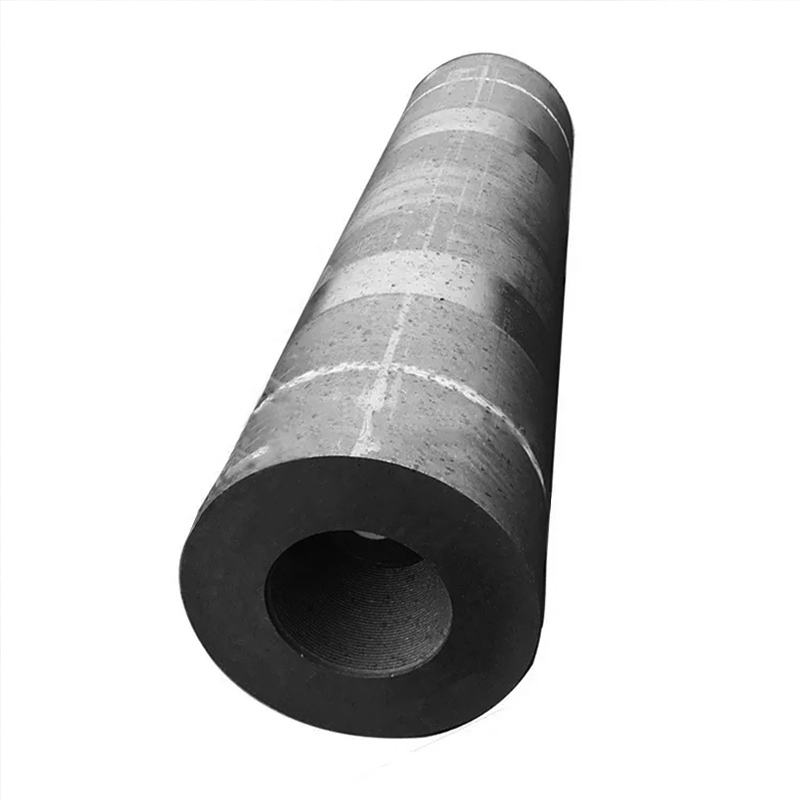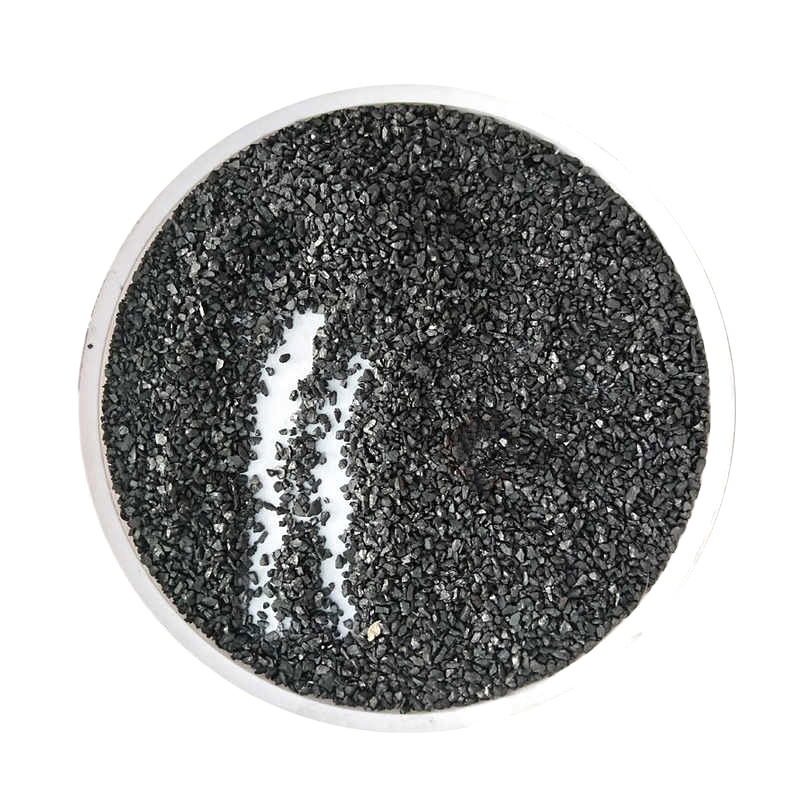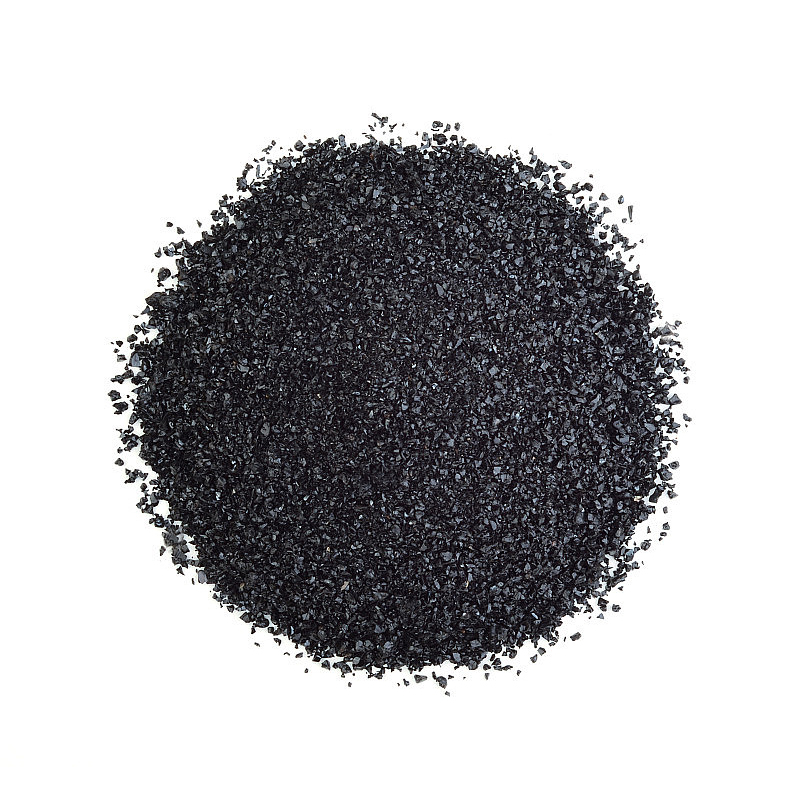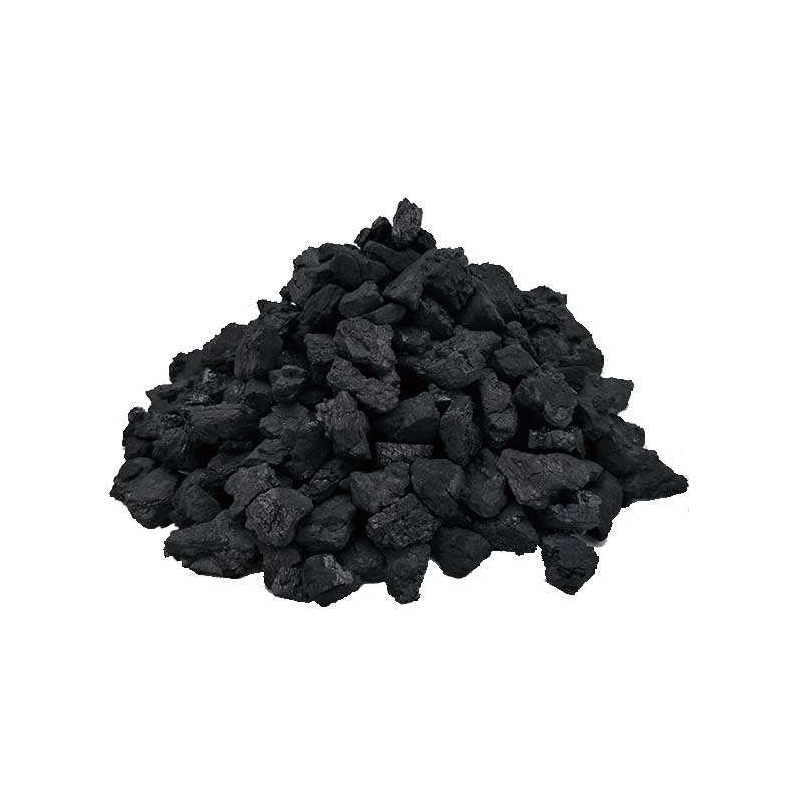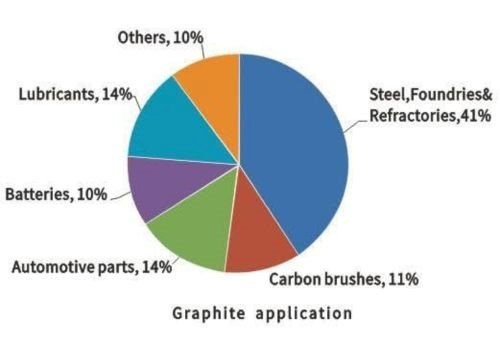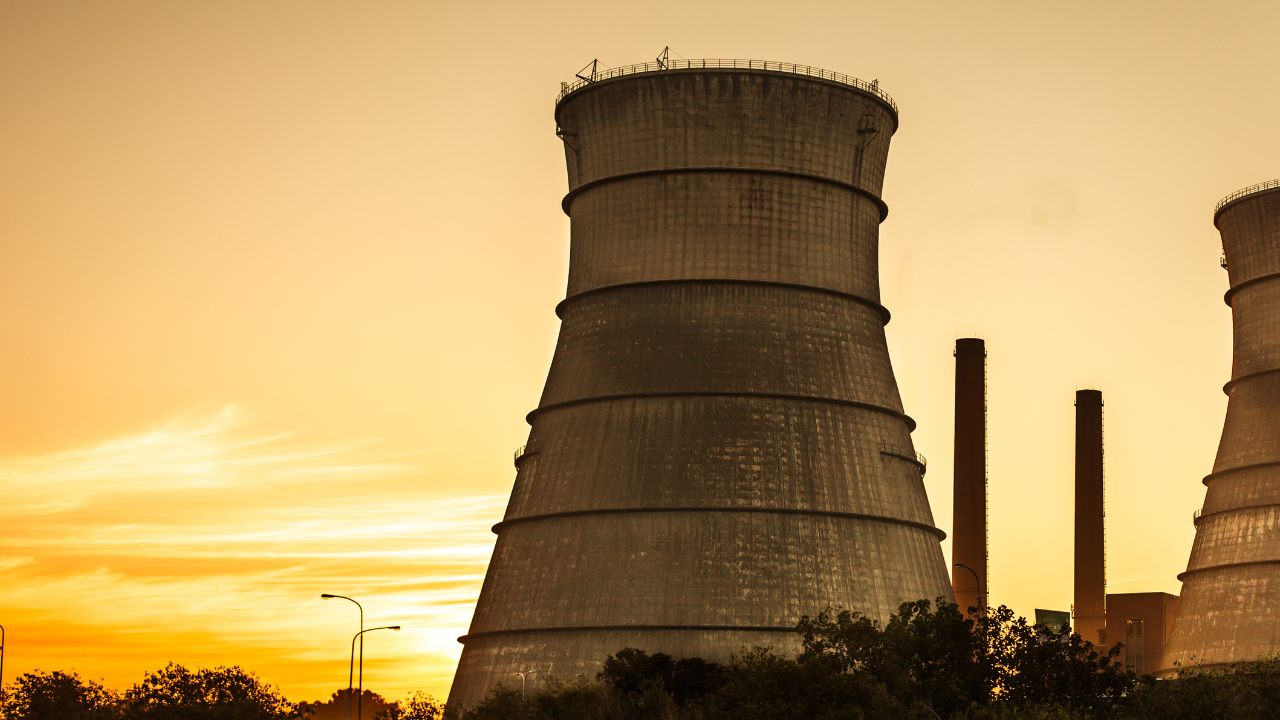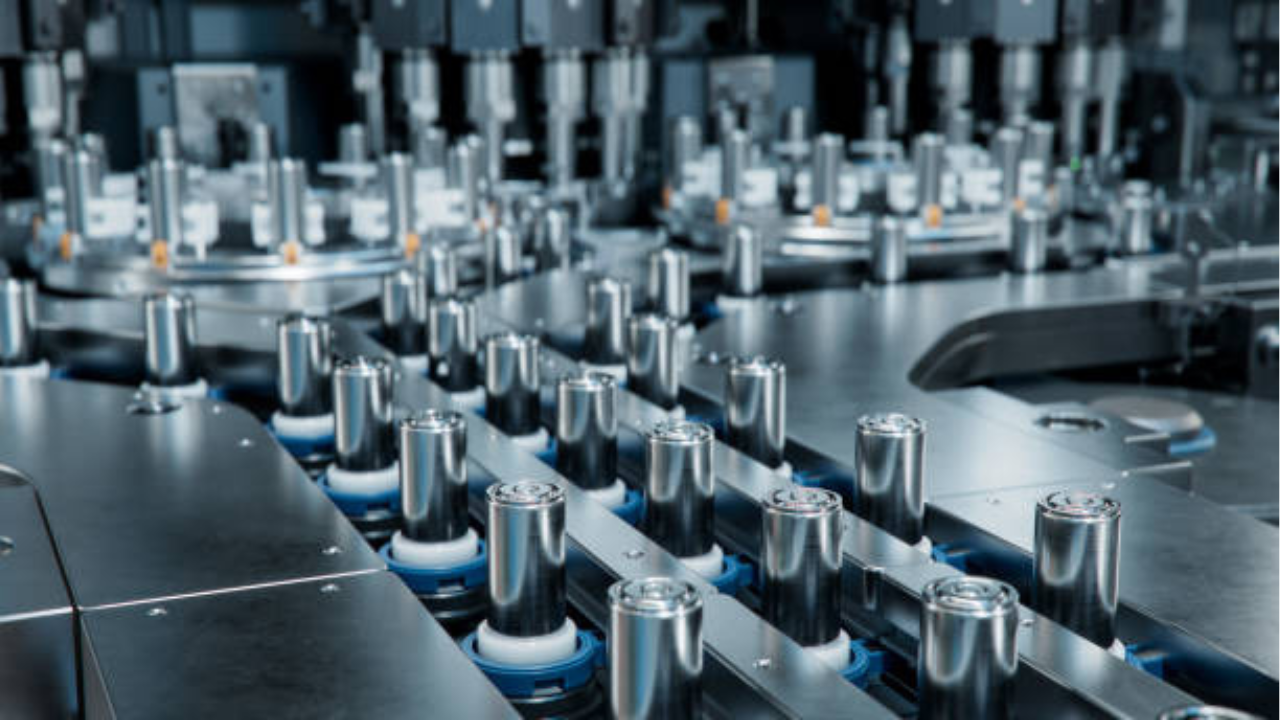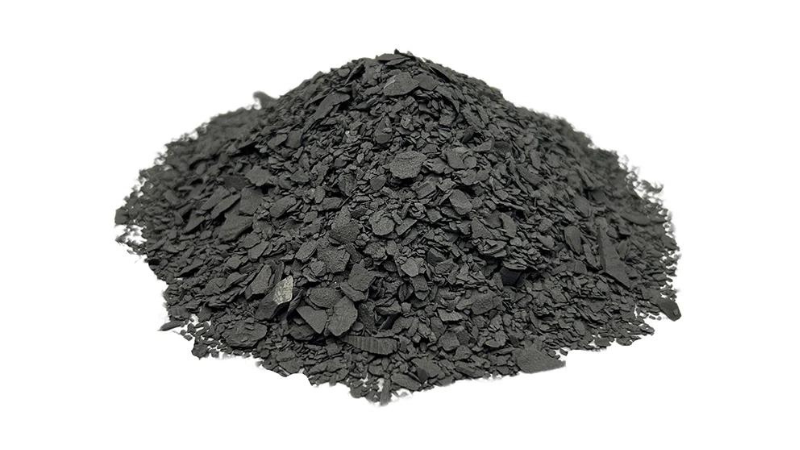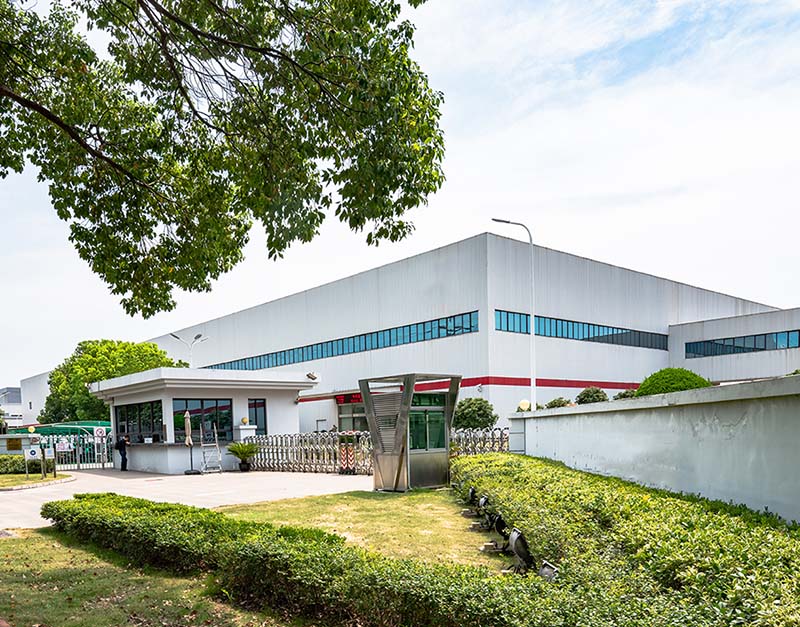Blast furnace coke, foundry coke, ferroalloy coke and coke for non-ferrous metal smelting are collectively referred to as metallurgical coke. They are extremely important members of the carbon family and an indispensable part of the modern steel industry. This article will comprehensively, professionally and detailedly sort out the knowledge of metallurgical coke step by step, and take you step by step to understand this unsung hero behind the steel industry.
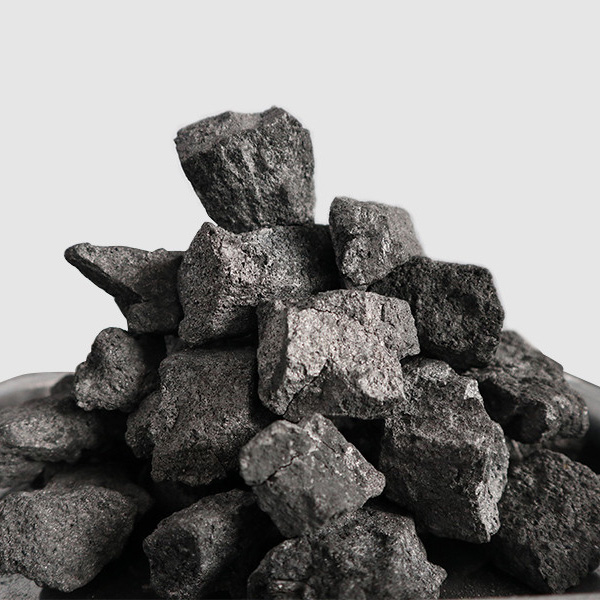
What is metallurgical coke?
Metallurgical coke is a porous carbonaceous material obtained by high-temperature dry distillation of coking coal of a specific quality. It has a developed pore system and its porosity is usually between 35% and 55%. This porous structure is conducive to the diffusion and reaction of reducing gases, and can maintain sufficient mechanical strength to withstand the pressure of the material column above the blast furnace.
From a macroscopic point of view, the typical appearance of metallurgical coke is silver-gray to dark gray, with a metallic luster, and there are mesh cracks on the surface caused by shrinkage.
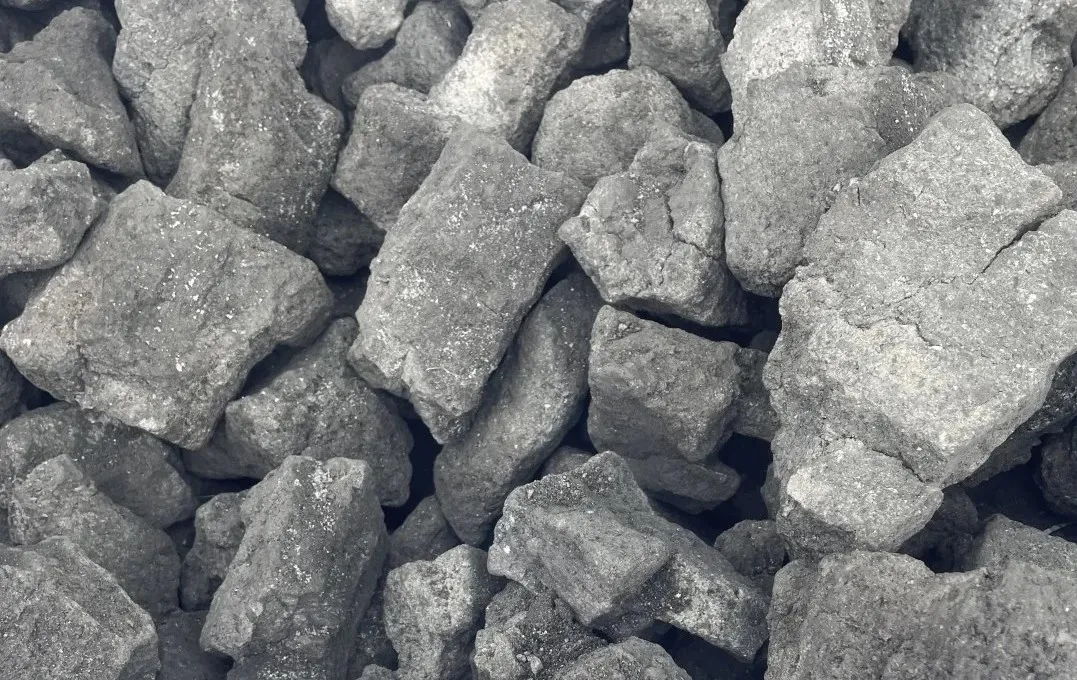
In terms of microstructure, metallurgical coke is composed of anisotropic graphite microcrystals and isotropic amorphous carbon. This special structure enables it to have both good thermal conductivity and high high-temperature strength.
Metallurgical coke has excellent mechanical properties. The room temperature crushing strength (M40) is usually between 78%-88%, and the wear resistance (M10) is controlled within the range of 6%-9%. These indicators ensure that the coke can withstand the mechanical effects of transportation and blast furnaces without producing too much powder.
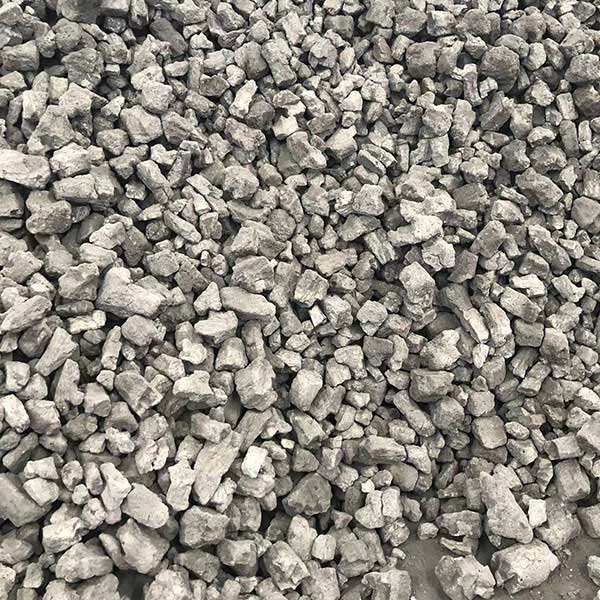
As for its high-temperature performance, it is even more dazzling. Metallurgical coke can maintain sufficient hot strength (CSR, usually required to be >60%) and low reactivity (CRI, usually required to be <30%) in a blast furnace environment of 1400-1500℃ to avoid premature pulverization in the lower part of the blast furnace to destroy the permeability of the material column.

